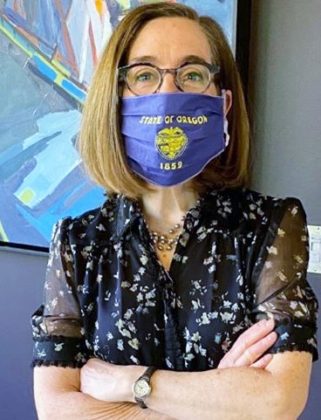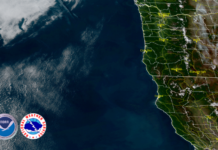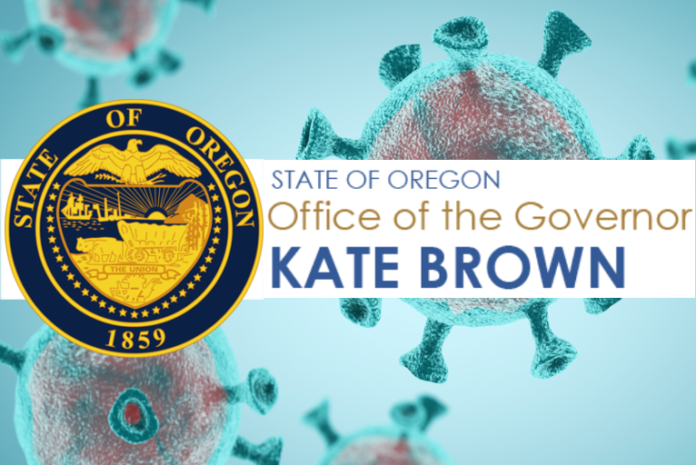As early as March 8th, 2020, Oregon Governor Kate Brown, with just 14 cases of COVID-19 in Oregon and only 430 cases in the entire United States, issued executive order 20-03, the first ‘Declaration of a State of Emergency’ due to COVID-19 infections.
That original executive order was then ‘extended’ for an additional 60 days by Governor Brown through July 6th, 2020. On July 1st, 2020 the order was again ‘extended’ for an additional 60 days until September 4th, 2020. On Tuesday, September 1st, Governor Kate Brown extended her declaration of a state of emergency regarding COVID-19 for an additional 60 days, until November 3rd, 2020. On October 27th, Governor Kate Brown then extended her declaration of a state of emergency regarding COVID-19 for an additional 60 days, until January 2, 2021. In late December, 2020, Gov. Brown ‘extended’ the emergency declaration for an additional 60 days, until March 3rd, 2021. On Thursday, April 29th, 2021, Governor Brown extended her declared a state of emergency for COVID-19 for 60 days, until June 28, 2021.
On Wednesday, June 30th, 2021, all remaining COVID-19 health and safety restrictions were to be lifted by the Governor, and 21 months later, in late December, 2021, Governor Kate Brown extended her declaration of a state of emergency once again, and Executive Order 21-36 remained in effect until June 30, 2022.
On Thursday, February 25th, 2022, Governor Kate Brown announced that she will be lifting Oregon’s COVID-19 emergency declaration, effective April 1st, after over 2 years of ‘flattening the curve’.

However, as COVID-19 hospitalizations and case numbers continue to drop rapidly across Oregon as the Omicron variant recedes nationally as well as internationally, safety requirements in place today regarding masks, vaccinations for K-12 educators and staff, and vaccinations for healthcare workers do not rely on the state of emergency declaration, and are instead are covered by state or federal agency administrative rules issued under existing non-emergency state or federal authority.
“Over the past six months, as Oregon weathered our worst surges of the pandemic, I’m proud of the way Oregonians have worked together to keep each other safe,” said Governor Brown. “Lifting Oregon’s COVID-19 emergency declaration today does not mean that the pandemic is over, or that COVID-19 is no longer a significant concern. But, as we have shown through the Delta and Omicron surges, as we learn to live with this virus, and with so many Oregonians protected by safe and effective vaccines, we can now protect ourselves, our friends, and our families without invoking the extraordinary emergency authorities that were necessary at the beginning of the pandemic.
“COVID-19 is still present in Oregon, and we must remain vigilant. We must continue to get vaccinated and boosted, wear masks when necessary, and stay home when sick. That is the only way we can achieve our shared goals of saving lives and keeping our schools, businesses, and communities open.”
Since June 30th, 2021, the emergency declaration extension has provided the state with flexibility and resources for the state’s COVID-19 response and recovery efforts, including allowing for the use of SERV-OR volunteer medical providers in hospitals, providing flexibility around professional health licensing, and ensuring Oregon could access all available federal disaster relief funds available, such as enhanced SNAP benefits.


















